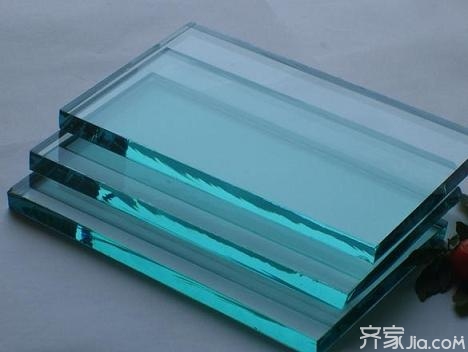
Privacy statement: Your privacy is very important to Us. Our company promises not to disclose your personal information to any external company with out your explicit permission.
Every family will use glass. With the continuous progress of society, there are more and more types of glass. Many people know or do not know about the glass. Today, Xiao Bian wants to tell everyone about the high-borosilicate glass. Look at the difference between the high-borosilicate glass and the ordinary glass. Interested friends come and see it!
High borosilicate glass
It is a special glass material with low expansion rate, high temperature resistance, high strength, high hardness, high transmittance and high chemical stability. Due to its excellent performance, it is widely used in solar energy, chemical industry, pharmaceutical packaging, electric light source. , craft jewelry and other industries. Its good performance has been widely recognized by all walks of life in the world, especially in the solar energy field. The developed countries such as Germany and the United States have already carried out more extensive promotion. Made of borosilicate glass, water glass sand, soda, and ground lime are added to the glaze of traditional glass made of boron.
The difference between high borosilicate glass and ordinary glass
1, the characteristics of high borosilicate glass
Borosilicate glass has a very low coefficient of thermal expansion, about one-third that of ordinary glass. This will reduce the effects of stress due to temperature gradients, resulting in stronger fracture resistance. Due to its very small shape deviation, this makes it an indispensable material for telescopes and reflectors. It can also be used to handle highly radioactive nuclear waste.
The borosilicate glass begins to soften at about 821[deg.] C. (1510[deg.] F.), and at this temperature, the 7740 type viscosity borosilicate is 107.6 weights.

2, borosilicate glass is less dense than ordinary glass
Although more and more resistant to thermal shock than other types of glass, borosilicate glass can still break due to rapid or uneven temperature changes. When broken, borosilicate glass cracks tend to be rather large, rather than crushed (it will unit rather than split).
Optically, borosilicate glass has a low dispersion (about 65 Abe number of crown glasses) and a relatively low refractive index (the entire visible range of 1.51-1.54).
G3.3 borosilicate glass has a coefficient of linear expansion of 3.3±0.1x10-6/K, and is a glass based on sodium oxide (Na2O), boron oxide (B2O2), and silicon dioxide (SIO2). The borosilicate content of this glass composition is high, namely, boron: 12.5~13.5%, silicon: 78~80%, so this type of glass is said to be high borosilicate glass. PYREX glass in borosilicate glass. Resistant to acid, alkali, water, corrosion resistance, good thermal stability, chemical stability and electrical properties, it has chemical resistance, thermal shock resistance, good mechanical properties, withstand high temperature and other characteristics.

The above is the introduction of the difference between high-borosilicate glass and ordinary glass. I hope to help you. For more information on glass, please continue to pay attention to information on this site.
August 14, 2024
Mail a questo fornitore
August 14, 2024
November 03, 2023
November 03, 2023

Privacy statement: Your privacy is very important to Us. Our company promises not to disclose your personal information to any external company with out your explicit permission.

Fill in more information so that we can get in touch with you faster
Privacy statement: Your privacy is very important to Us. Our company promises not to disclose your personal information to any external company with out your explicit permission.